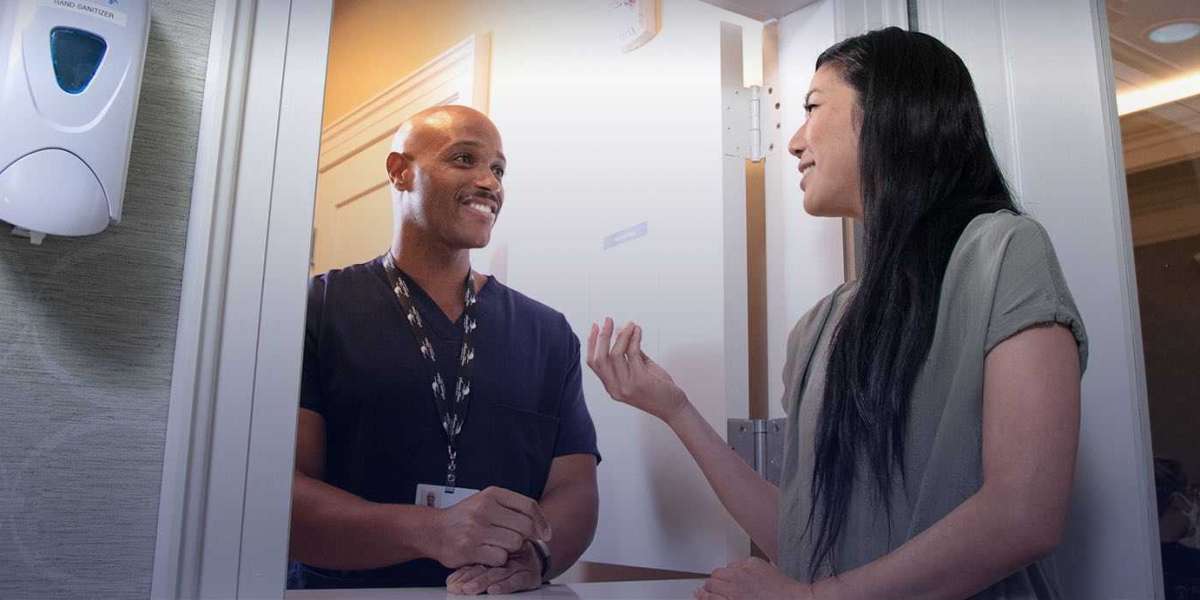Robotics and audio-visual installations are intersecting fields that offer innovative solutions for a wide range of applications, from entertainment and education to healthcare and industry. By integrating robotics with audio-visual technology, we can create immersive, interactive experiences that engage users and enhance productivity, safety, and quality of life.
Background and Context:
Robotics involves the design, construction, and operation of robots – machines capable of carrying out tasks autonomously or semi-autonomously. Audio-visual installations encompass various technologies for capturing, processing, and displaying audio and visual information, such as cameras, microphones, displays, and projectors. By combining robotics with audio-visual technology, we can create intelligent systems that perceive and interact with their environment in real-time, enabling applications such as autonomous navigation, human-robot interaction, and telepresence.
Applications and Case Studies:
Robotics in audio-visual installations are utilized in diverse applications across different sectors. In entertainment, theme parks, and attractions, animatronic figures, robotic characters, and interactive exhibits provide immersive, engaging experiences for visitors, blurring the boundaries between reality and fantasy. In education and training, robotic tutors, telepresence robots, and virtual reality simulations enable personalized, interactive learning experiences that cater to individual preferences and learning styles.
Case studies demonstrate the versatility and impact of robotics in audio-visual installations. For example, in healthcare settings, robotic surgical systems and telemedicine robots enable remote consultations, minimally invasive surgeries, and medical interventions, reducing the need for patient travel and improving access to specialized care. Similarly, in manufacturing and logistics, autonomous robots and cobots (collaborative robots) assist workers in repetitive or hazardous tasks, such as assembly, packaging, and material handling, improving efficiency and workplace safety.
Technological Aspects:
Advancements in robotics and audio-visual technology have expanded the capabilities of installations, enabling more intelligent, interactive, and immersive experiences. Sensors, actuators, and computer vision algorithms enable robots to perceive and interact with their environment, autonomously navigating through complex spaces, avoiding obstacles, and manipulating objects with precision. Moreover, advancements in artificial intelligence (AI), machine learning, and natural language processing enable robots to understand and respond to human commands, gestures, and emotions, enhancing human-robot collaboration and communication.
Challenges and Limitations:
Despite their potential benefits, robotics in audio-visual installations face several challenges and limitations. Technical complexity, cost, and scalability may hinder the adoption and deployment of robotic systems in commercial applications, particularly in small or medium-sized enterprises. Moreover, concerns about safety, reliability, and ethical use of robotics raise questions about the responsible design, operation, and regulation of robotic installations in public spaces and workplaces. Additionally, societal acceptance, trust, and cultural factors may influence attitudes towards robots and human-robot interaction, affecting adoption rates and user experiences.
Future Directions and Opportunities:
Looking ahead, there are opportunities to further leverage robotics in audio-visual installations and address existing challenges. Collaboration between robotics researchers, audio-visual designers, and end-users can foster interdisciplinary innovation and co-creation of robotic solutions that meet diverse needs and preferences. Moreover, investment in robotics education, workforce development, and public engagement initiatives can promote digital literacy, creativity, and inclusivity in robotics adoption and use. Additionally, advancements in human-robot interaction, social robotics, and affective computing can enhance the user experience and emotional connection between humans and robots, fostering trust, empathy, and collaboration in diverse contexts.
Conclusion:
In conclusion, robotics in audio-visual installations offer exciting opportunities for creating immersive, interactive experiences that engage and inspire users across different domains. By integrating robotics with audio-visual technology, we can develop intelligent systems that enhance productivity, safety, and quality of life in entertainment, education, healthcare, and industry. Continued collaboration, innovation, and investment are essential for realizing the full potential of robotics in audio-visual installations and shaping the future of human-robot interaction and collaboration.
Read Related Here:- https://myvipon.com/post/999258/The-Importance-Improving-System-Efficiency-with-amazon-coupons







